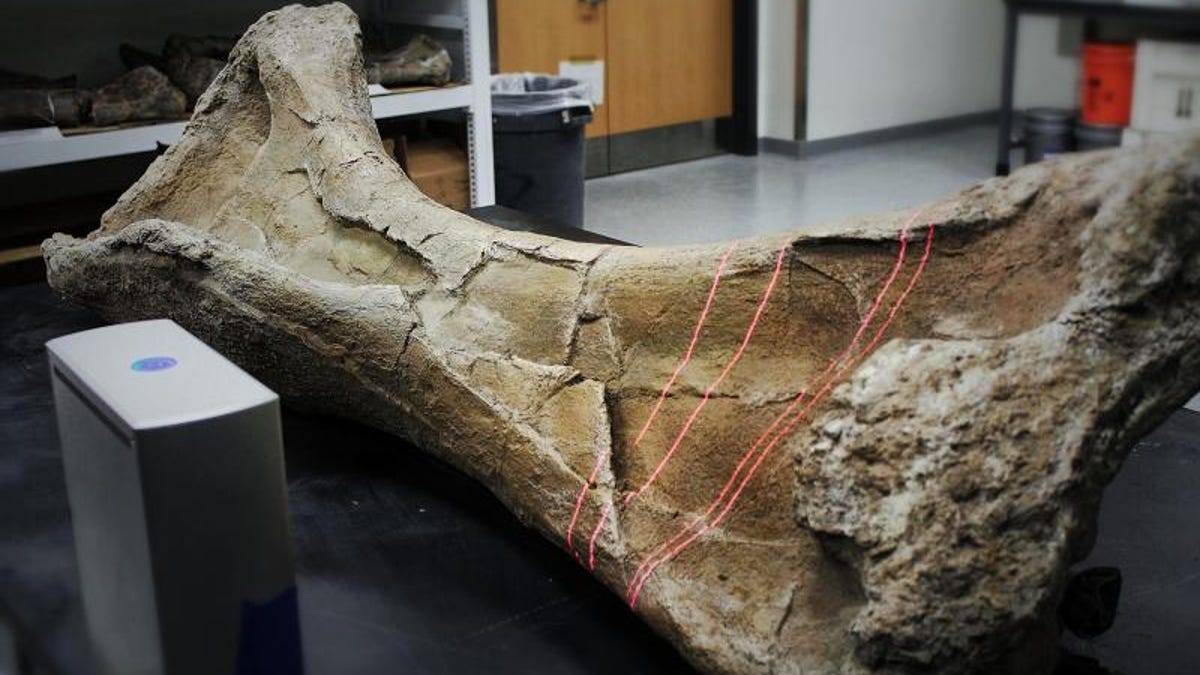3D printing to build robotic dinosaur models
Drexel University is starting to create 3D scans of fossils to better study the motion of giant dinosaurs through small-scale robotic models.

Rather than using plaster and pickaxes, paleontologists are now digitizing ancient fossils.
Drexel University yesterday detailed an initiative to use three-dimensional printing to create models of dinosaur bones for further study. Researchers hope that models will allow them to study how dinosaurs moved and help create smaller robotic models of massive dinosaurs.
Paleontologist Kenneth Lacovara has started doing 3D scans of giant dinosaur bones and, with a collaborator, is building scale models of complete skeletons. The process works by extruding very thin layers of resin or another material to slowly build up an object. A six-inch model of a dinosaur bone takes a few hours to print.
Since the scan creates a digital model of fossils, they can be reproduced relatively easily in different sizes for museums or for research.
Lacovara, an associate professor at the Philadelphia-based university, hopes that scaled-down models of dinosaurs will yield insight into how they moved and reproduced. It would be impossible to use full-size bones in the study of the biggest dinosaurs that could have weighed 60 to 80 tons, he said.
The Drexel team plans to build robotic models of giant sauropod dinosaurs with artificial muscles and tendons for their tests, drawing on work done on robotic fish.
"We extract features from biological species and create software-based or robotic testing systems. It's easier to test a biorobotic model than a biological system," James Tangorra, a mechanical engineer and assistant professor who is collaborating on the Drexel project, said in a statement.
They hope to have a robotic dinosaur limb by the end of this year and a complete replica within two years.

